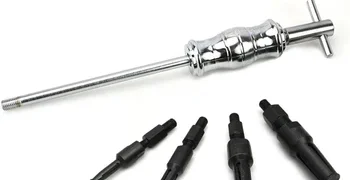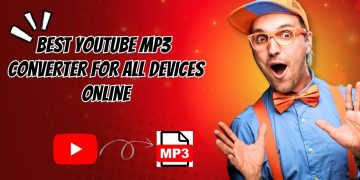When it comes to maintaining machinery and automotive components, having the right tools is crucial. One such tool that is indispensable for mechanics and DIY enthusiasts alike is the blind hole bearing puller. In this guide, we’ll explore what a blind hole bearing puller is, its applications, and tips for using it effectively.
What is a Blind Hole Bearing Puller?
A blind hole bearing puller is a specialized tool designed for removing bearings that are seated in blind holes—cylindrical recesses that do not have an opening at the bottom. Unlike standard pullers, which can be used on bearings with accessible outer edges, a blind hole bearing puller can reach into deeper recesses, making it essential for tasks where space is limited.
Why Use a Blind Hole Bearing Puller?
Using a Blind hole bearing puller has several advantages:
- Precision: This tool is designed to grip bearings securely without damaging them or the surrounding components. This precision is vital, especially in delicate applications where even minor damage can lead to significant issues.
- Efficiency: The design of blind hole bearing pullers allows for quick and easy removal of bearings, saving you time in the workshop. This efficiency is particularly beneficial for professionals who need to complete multiple tasks within tight deadlines.
- Versatility: These pullers come in various sizes and configurations, making them suitable for a wide range of bearing types. Whether you’re working on automotive repairs or machinery maintenance, a blind hole bearing puller can handle many jobs.
How to Use a Blind Hole Bearing Puller
Using a blind hole bearing puller may seem daunting, but it is a straightforward process. Here are the steps to follow:
Step 1: Prepare the Work Area
Before you begin, ensure your workspace is clean and organized. Gather all necessary tools, including the blind hole bearing puller, a hammer, and any additional support tools.
Step 2: Select the Right Puller Size
Choose a blind hole bearing puller that fits the diameter of the bearing you need to remove. Using the correct size is crucial for effective removal and to avoid damage.
Step 3: Insert the Puller
Carefully insert the puller into the blind hole, ensuring that the arms are correctly positioned around the bearing. The puller should grip the bearing securely without applying excessive force at this stage.
Step 4: Apply Pressure
Once the puller is in place, gently tighten the central screw of the puller. This action will begin to exert pressure on the bearing. Use a hammer to tap the puller lightly if necessary, helping to loosen the bearing from its seat.
Step 5: Remove the Bearing
Continue to tighten the puller until the bearing pops free from its position. Once removed, inspect the bearing and the housing for any damage.
Maintenance and Care
After using your blind hole bearing puller, it’s essential to clean and maintain the tool properly. Regular inspection for wear and tear will ensure that it remains effective for future jobs. Store it in a dry, safe place to prevent rust and damage.
Conclusion
A blind hole bearing puller is an essential tool for anyone involved in mechanical repair and maintenance. Its ability to remove bearings from blind holes with precision and efficiency makes it a favorite among professionals and DIY enthusiasts alike. By understanding how to use and care for this tool, you can enhance your skills and tackle various repair tasks with confidence. Whether you’re a seasoned mechanic or just starting, investing in a quality blind hole bearing puller is a decision you won’t regret.
- mikealesterhttps://insidethenation.com/author/mikealester/
- mikealesterhttps://insidethenation.com/author/mikealester/
- mikealesterhttps://insidethenation.com/author/mikealester/
- mikealesterhttps://insidethenation.com/author/mikealester/




















































